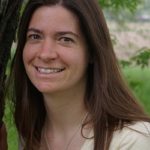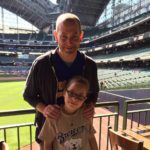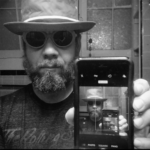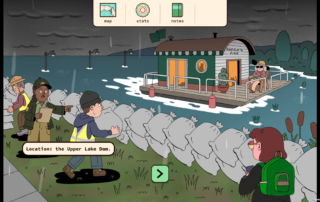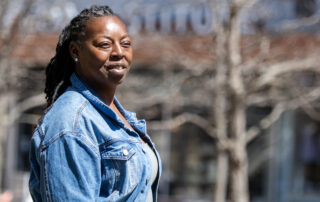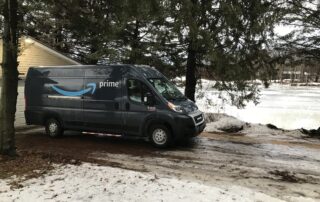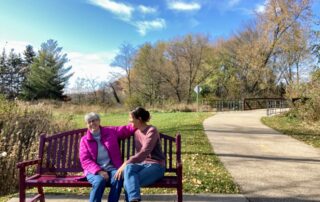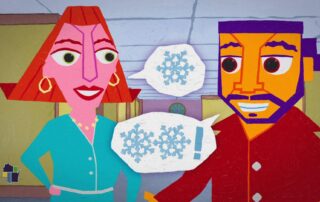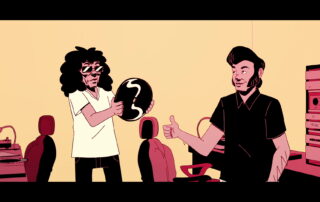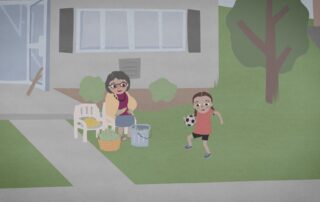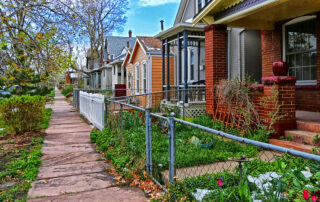Author Jill Sisson Quinn likes spending time at Rib Mountain State Park outside Wausau. She recently took a hike there with her young son for a lesson about our place in the universe.
—
I want my three-year-old son to climb a mountain, not so easy in Wisconsin. Long ago, mountains as high as the Rockies covered the area which is now our state. But today, I’ll have to settle for 1,942-foot Rib Mountain, really a monadnock, a hill of bedrock that stands high above the surrounding land.
Rib Mountain is a remnant of that ancient, Rocky-sized range buried by sediment, then revealed through erosion. I’m not concerned by the modest elevation because this mountain sports something more impressive: it’s age. Rib Mountain contains some of the oldest rock in the world; at 1.7 billion years old, these rocks have been around for more than a third of the earth’s existence.
My son climbs on the boulders at the top while I read an interpretive sign. Then, we rub our hands across the striations on the side of one boulder, made by waves when the now-quartzite was a river valley or ocean bottom. “Long ago, this rock used to be sand,” I say.
I am awed by this evidence of the rock’s previous forms: first sand, then sandstone, now quartzite. I tell my son to think about the ripples the ocean makes along the seashore when we visit his grandparents in Maryland. He gets it, looking around the heavily wooded mountain-top and responding, “There must not have been any trees here then.”
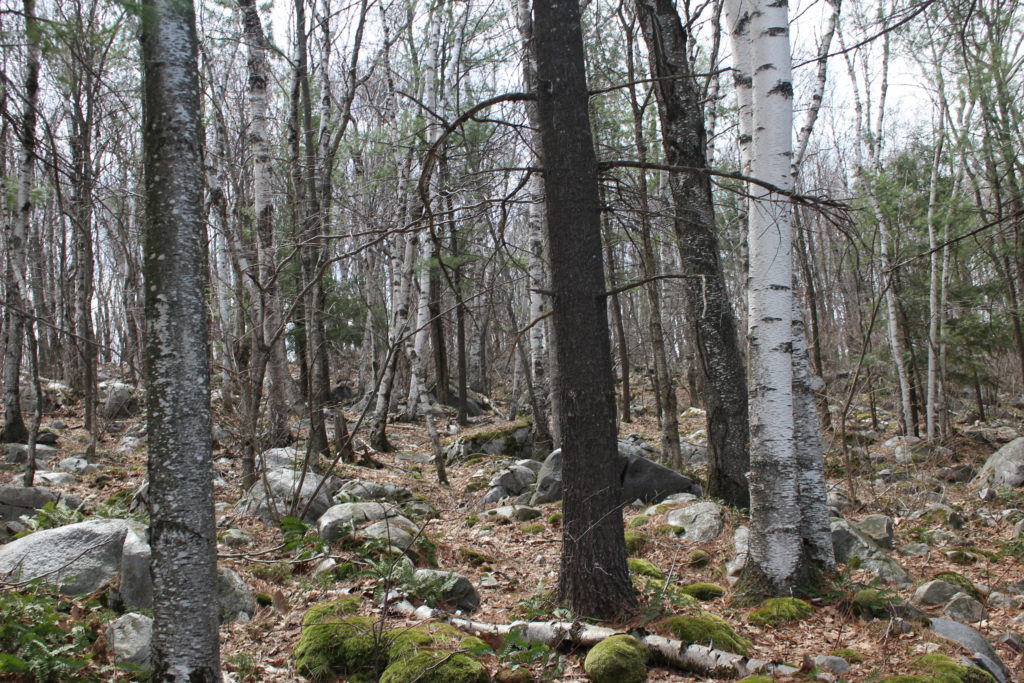
Rib Mountain State Park (Photo by Amy Meredith)
Next, I tell him the rock’s age, knowing full well his understanding of such things still has a long way to go — his own number of fingers and toes as yet a daily discovery. Unmemorized, uncatalogued, they must be counted for their amount to be determined, and counting the fingers on one hand does not prevent him needing to count the fingers on the other.
This window of not-yet-complete awareness of his own form might be a good time, I figure, to convince him of what we, like the rock, really are. For before this rock was quartzite, or sandstone, or sand, or the matter that eroded into sand, it was something more.
“The rock is old,” I say to my son, “But you and the rock are really the same age: around 13.8 billion years old — the atoms in your body and the atoms in the rock made just after the birth of the universe and in exploding stars. You are stardust.”
“Stardust,” he repeats, and smiles. He’s heard me say it before.
I want my son to take the long view, to think like a mountain even when he is not on the mountain and not only about the earth — as Aldo Leopold imparted — but about himself. We should not get mired in how one strand of identity formulates us but consider all the strands: the food we eat, the microbes we host, where we grow up, and the DNA we inherit no more or less important than the atoms that make up all this stuff.
I don’t deny what we appreciate in the rock: its consistency of form — being itself — over such an unimaginable period of time. From the perspective of a human life, it’s old, it’s something, it has exactly the sort of permanence we ourselves desire.
I come to the mountain today not only in a parent’s feeble attempt to make my son seem immortal, but to help him better navigate life’s journey: its hard facts as well as its uncertainties.
Death is sad. A hundred years — the most humans can expect — is not much. Yet over that hundred years, our solid-seeming body is in constant change; individual cells live from a few days to, at most, ten years. Our bodies are continuously rebuilt from materials from our immediate environment. We are not sandstone for a billion years, then quartzite for a billion more, or even human for one hundred; we are sea, land, and sky all in one lifetime.
We are rock with imagination; we are water that wonders — that’s wonder with an “o”. We are a gathering up of parts of the universe into something that briefly perceives itself as a whole, then disseminates into parts of other things.
As the mountain knows about Earth, we have ecosystems inside us — systems of interworking parts contained in a whole not fully sentient of its design: all that symbiosis with our microbes, all that pulsing, secreting and dilating of our own organs we’re not conscious of. Likewise, we and the mountain are part of some greater system, not fully sentient of what contains us, of the whole that we inhabit, the nature of the entire.
—
SONG: “One More For The Road” by The Milk Carton Kids
